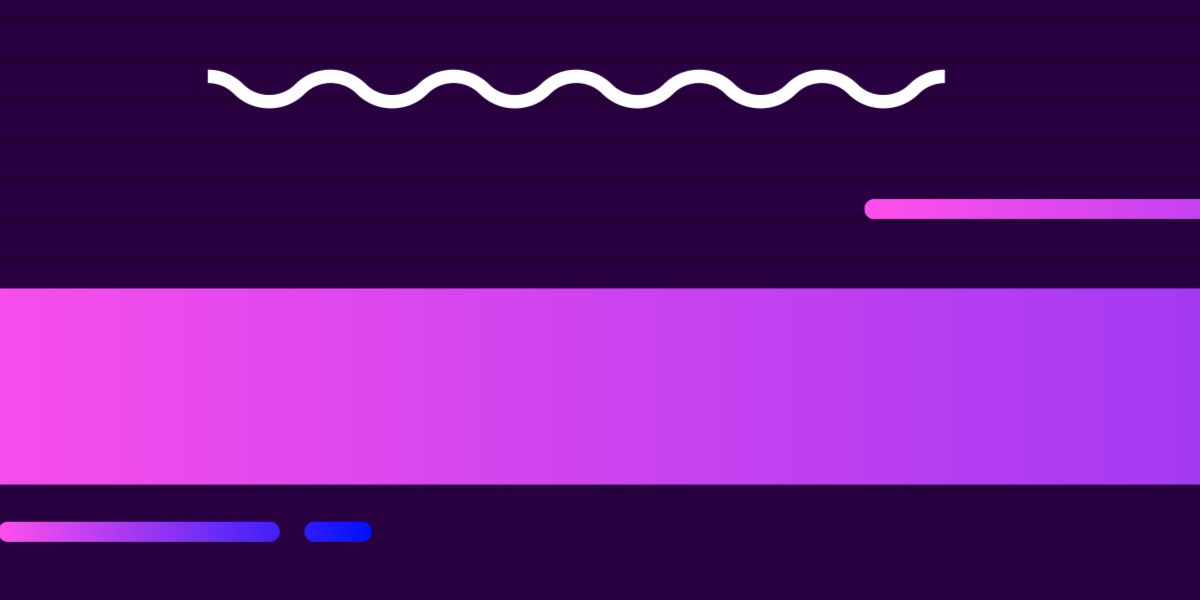
Ionic 2 & 3: How to Use Google Maps & Geolocation
12 minsI've already covered how to add Google Maps API to an Ionic application, but now I'm going to show you how to set up the Google Maps API in an Ionic 2 application.

I've already covered how to add Google Maps API to an Ionic application, but now I'm going to show you how to set up the Google Maps API in an Ionic 2 application.

In this tutorial, we use Capacitor to help integrate the Google Maps JavaScript SDK into an Ionic and Angular application.

Before we get into the specifics of how to implement this style of navigation in Ionic 2, let's try to get a conceptual understanding of how it works first

In this tutorial, we are going to look into how we can use a mutation observer to react to changes in the DOM of an Ionic application.

In this tutorial, we improve the UI/UX of an existing component by adding another component to it!

In this article, we take a look at the Ionic team's new project "Capacitor" and how to use it.

In this tutorial I'm going to show you the different ways you can customise your Ionic 2 applications, and the theory behind theming in general.

In this post, I am going to introduce you to some of the key utility attributes that Ionic provides.

In order to persist data throughout different sessions, there are multiple different methods we can use, but one simple way to do this is to use the built-in Storage service that Ionic 2 provides.

In this tutorial, we use the Web Animations API in Ionic to build an add to cart animation.

In this tutorial I am going to show you how you can enable Background Geolocation in your Ionic 2 applications.

In this tutorial, we are going to convert an existing Node/Express server to be able to use ES6/TypeScript syntax for development.

In this tutorial, we take a look at the Swipeable Tabs component and how it was built.

This article contains a list of curated articles for Ionic developers that want to start learning more advanced concepts.

This tutorial isn't going to focus on how to build specific services, but rather how they work and how to use them in general.

In this tutorial we are going to cover one specific component, which is the cornerstone for building complex layouts in Ionic 2 The Grid

In this tutorial we are going to focus on going through the core concepts of how to use lists in Ionic 2

In this video tutorial, I explain the theory behind modules and I cover what you need to know in order to correctly add your own dependencies to the app.module.ts file.

In this video tutorial, I cover the basic concept of observables and how they are relevant to an Ionic 2 application.

In this video tutorial, we cover the concept of using structural directives like *ngIf, *ngFor, and *ngSwitchCase in Ionic 2.